#charles r. knight
Text



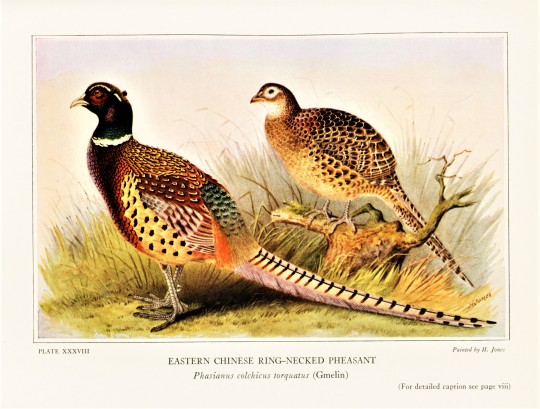

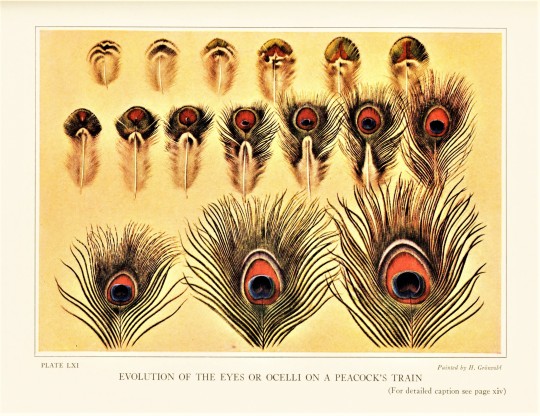



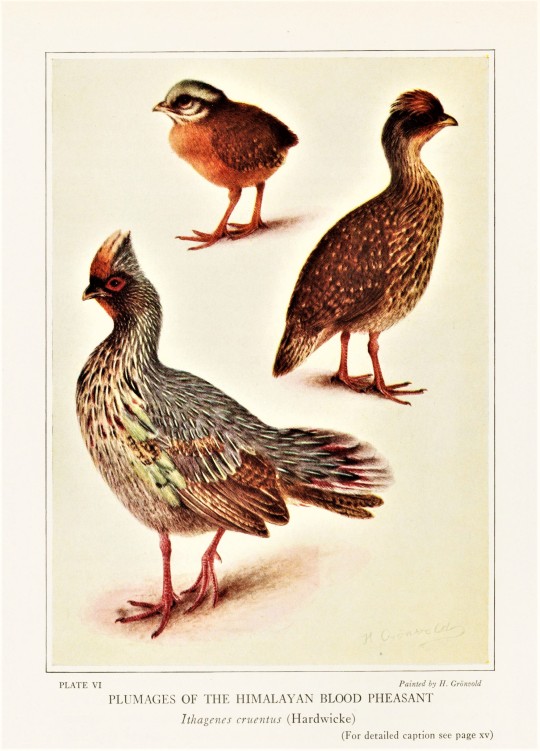
Feathursday Pheasants!
This week we bring you a few Pheasants from around the world as published in the 1936 publication Pheasants Their Lives and Homes by the eminent zoologist and explorer William Beebe, published in Garden City, N.Y. by Doubleday, Duran & Company under the auspices of the New York Zoological Society, where Beebe was director of the Department of Tropical Research.
In 1910, Beebe led a major, 17-month, worldwide expedition for the New York Zoological Society to document the world's pheasants. "The urgency of this journey sprang from the fact that the members of this most beautiful and remarkable group of birds are rapidly becoming extinct, so that the record of their habits and surroundings, which is important to understanding their structure and evolution, will soon be lost forever."
The resulting publication was the 4-volume A Monograph of the Pheasants, published in London by H. F. Witherby for the New York Zoological Society, 1918-1922. The abridged version, Pheasants Their Lives and Homes, first came out in 1926. This is the 1936 edition. The images shown here are by naturalist artists Louis Agassiz Fuertes, Henrik Grønvold, Henry Jones, Charles R. Knight, and George Edward Lodge.
View more posts with pheasants.
View more Feathursday posts.
#feathursday#pheasants#Pheasants Their Lives and Homes#William Beebe#Doubleday#Duran & Company#New York Zoological Society#bird paintings#scientific illustrations#Louis Agassiz Fuertes#Henrik Grønvold#Henry Jones#Charles R. Knight#George Edward Lodge#wildlife artists#birds#birbs!
125 notes
·
View notes
Text
Agathaumas, the Lost Ceratopsian

I've talked about The Lost World (1925) a few times on this blog, partly due to it being the very first feature length film depicting dinosaurs, and partly due to how effective it is as a snapshot of dinosaurs during the early 1900s.
Anyone who has seen the film will note that there are actually two species of ceratopsians portrayed. The first is the more famous Triceratops, as seen in the photo above on the left.
The one on the right resembles a Triceratops, but looks a little...different. The nasal horn is a lot longer, the frill exhibiting more spikes, and it's hide more heavily armoured.
As you might've guessed, this isn't Triceratops. In fact...it's a dinosaur that may not have even existed.
Meet Agathaumas sylvestris ("marvelous forest-dweller"), one of the oldest described ceratopsians ever recorded. In fact, it was "discovered" before ceratopsians were even properly described.
youtube
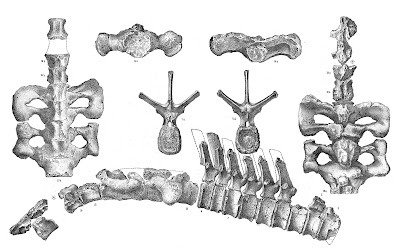
The original partial remains (AMNH 4000) were discovered in 1873 by Fielding Bradford Meek and Henry Martyn Bannister near Black Butte and Bitter Creek in Wyoming. They were eventually sent to the famous paleontologist Edward Drinker Cope who initially described it as a hadrosaur due to how fragmentary the fossils were. It wasn't until his rival Othniel Marsh described Triceratops did Cope recognize it as a ceratopsian in 1889.
And here's where things get...interesting.

As anybody interested in paleontological topics should know, Cope and Marsh were locked in a fierce rivalry called the Bone Wars, where the two competed to find the most specimens and describe the most species. In a series of publications ("The horned dinosauria of the Laramie" from the American Naturalist) Cope initially didn't recognize the name "ceratopsid" as a proper family name (believing that the namesake Ceratops wasn't related), and even argued for his own classification: Agathaumids. Furthermore, he grouped 4 other of his discoveries together in this family: Monoclonius, Dysganus, Manospondylus, and Claorhynchus.
Despite his efforts, Cope's gambit ultimately failed when in 1907, Agathaumas's validity was challenged by John Bell Hatcher. Due to the fragmentary nature of the fossils, it was later reclassified as a pseudonym for Monoclonius. This isn't anything unique for species described in the Bone Wars due to the rush to name new animals. And to rub salt in the wound, all of the members of the Agathaumids were considered to be nomen dubium (doubtful name) while Marsh's name Ceratopsids was chosen as the classification for the group (The Ceratopsia).

Armor for Agathaumas – Incertae Sedis (wordpress.com)
So where does that leave Agathaumas and the original remains? Nowadays, while the remains are still considered a holotype, it's widely considered to be a centrosaur. The painting by Charles R. Knight as seen from above came from the species Agathaumas sphenocerus, later reclassified as a species of Monoclonius, which is now believed to have been described from specimens of Styracosaurus and Centrosaurus. The reconstruction would later be used for the animal's depiction in the 1925 The Lost World. The genus as a whole is now typically regarded as synonym for Marsh's dinosaur, Triceratops (in a bit of irony).
So while now considered nomen dubium, Agathaumas is still rather interesting due to how a once notable dinosaur fell victim to science marching on, and how it got caught in the center of a notorious rivalry.
A big thanks to the I Know Dino podcast for covering this. Feel free to check them out cause they have a lot of good material for dinosaur enthusiasts. Also feel free to check out any of the articles cited in the post if you want some additional reading, and this great video by E.D.G.E from YouTube.
Agathaumas | The Horned Dragon That Never Was - YouTube
#agathaumas#ceratopsian#ceratopsid#edward drinker cope#othniel march#bone wars#charles r. knight#dinosaur#dinosaurs#paleontology#the lost world 1925#styracosaurus#centrosaurus#triceratops
43 notes
·
View notes
Photo
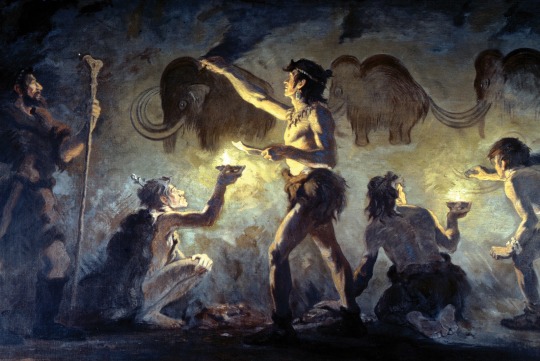
CHARLES R. KNIGHT - CRO-MAGNONS PAINTING IN THE FONT-DE-GAUME (1920)
#art#fine art#painting#illustration#prehistory#prehistoric life#cavemen#cro-magnon#cro-magnons#charles r. knight#paleoart
25 notes
·
View notes
Text

The World of the Great Forest: How Animals, Birds, Reptiles, Insects Talk, Think, Work and Live. Written by Paul Du Chaillu. Illustration by Charles R. Knight. 1901.
90 notes
·
View notes
Text


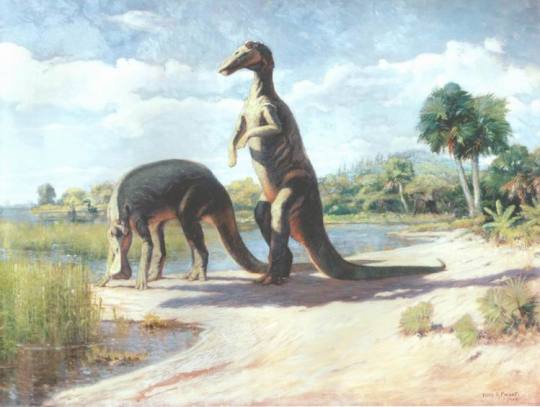


I don't generally put a lot of thought into who my "favorite" oldschool paleoartist would be, but Charles R. Knight would definitely be up in like the top three.
4 notes
·
View notes
Text

Himalayan Impeyan Pheasant. A solid oil. He was best known for painting prehistoric animals. Also, he was legally blind. He had to wear coke-bottom glasses and get within inches of the painting.
art by charles r. knight
text by barry kent mackay
support barry kent mackay on ko-fi
7 notes
·
View notes
Text
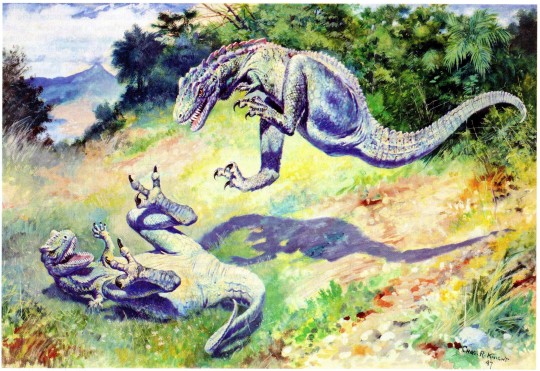
"No! Not the tickles!"
Leaping Laelaps by Charles R. Knight, 1897.
The dinosaur depicted is the Dryptosaurus. It became well known at the time because of this painting. It's not one of the more well known dinosaurs these days though.
5 notes
·
View notes
Text





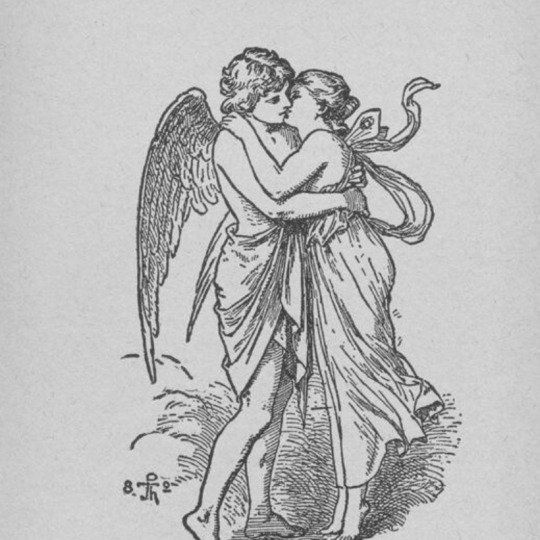


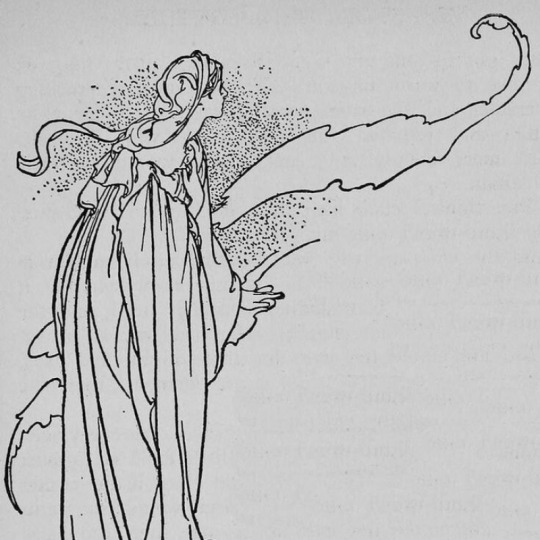
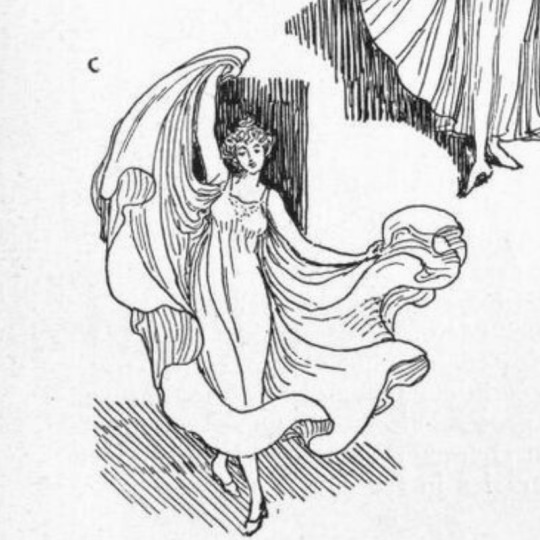
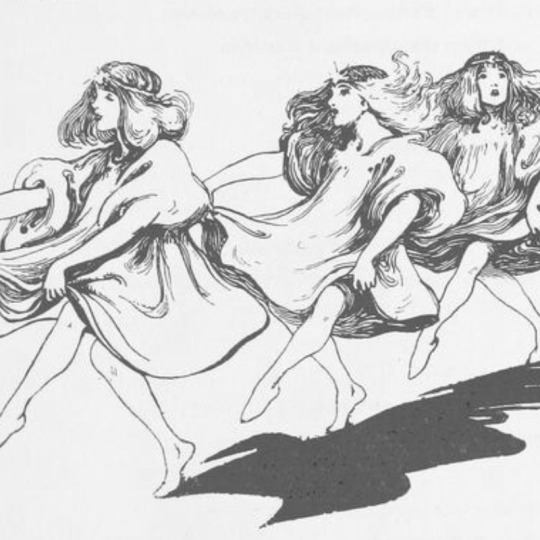
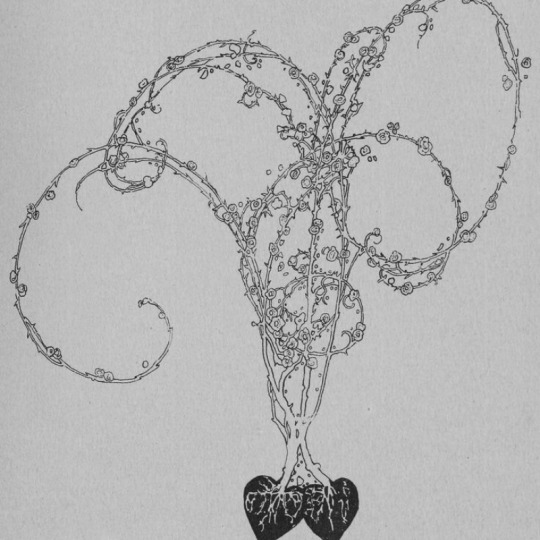


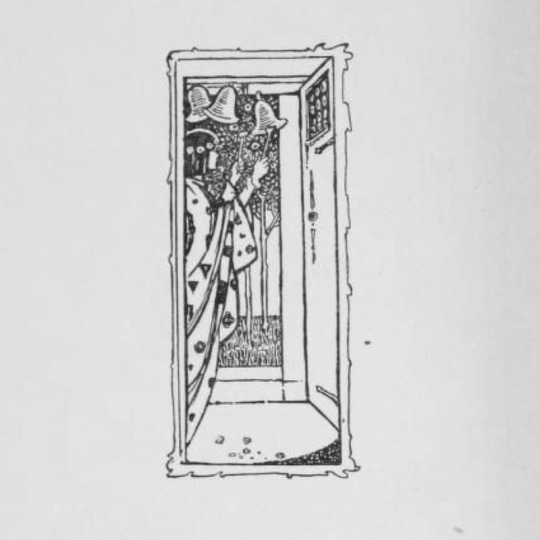





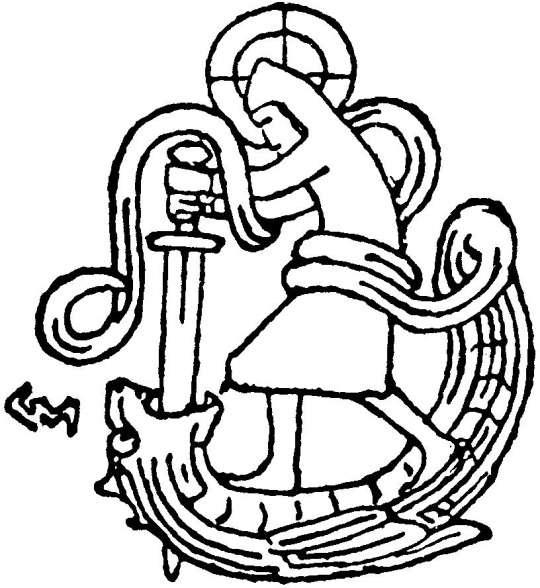

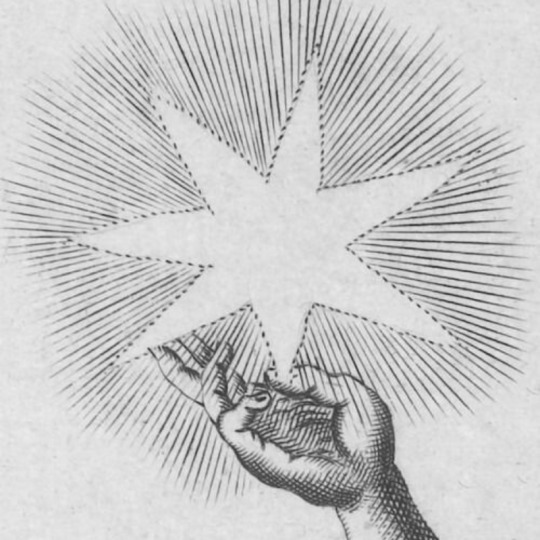

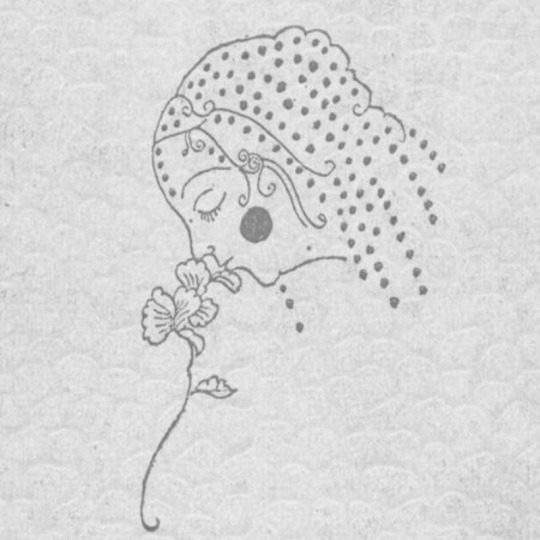
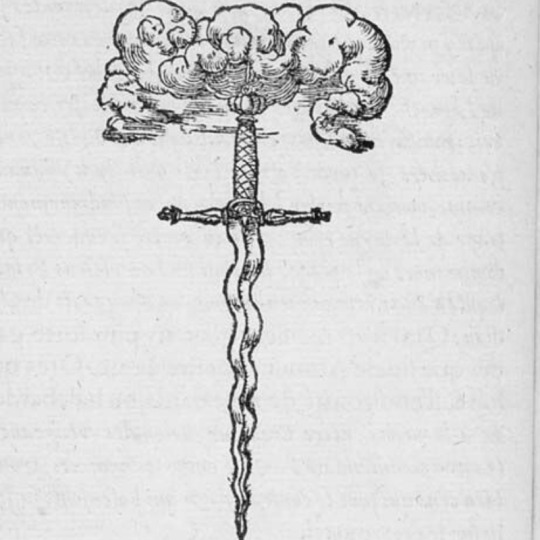

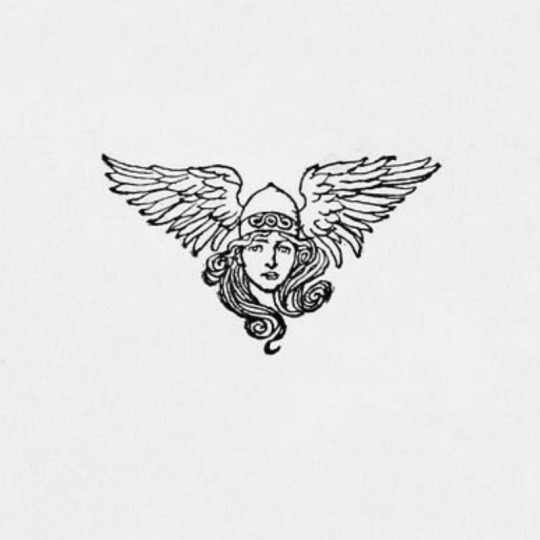
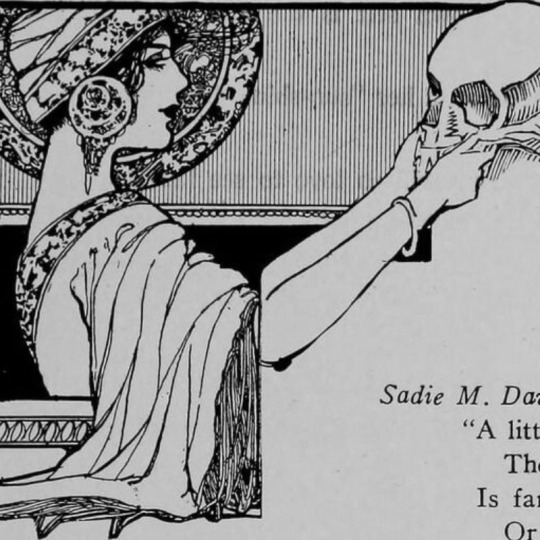

vintage illustrations + my tattoo list
#is from a bride book but the art is by john r neill#arthur rackham udine#also john r neill#from the 1914 book of shakespeare midsummer night's dream by i think william heath#it's by robert anning bell#the curiosities of kissing by alfred fowler but not sure if he's the artist#is in greek theatre costumes by iris brookes#in the book the golden fleece and the heroes who lived before achilles and the artist is willy pogany#in the book fairy tales by hans christian andersen and the artist is charles robinson#in line and form by walter crane#in the book kitchen maid and the artist is j. b. partridge#in the book the tale of lohengrin knight of the swan and the artist is willy pogany#in the book by john keats but idk the artist#in the book illustrators of montmartre by emanuel frank#in the book early poems of william morris#in the book the eve of st anges and artist is edmund h garrett#in the book home theatricals made easy or busy happy and merry#in the book the illustrated london instructor#in the book songs for little people and artist is h stratton#from alfred tennyson's poems and artist is eleanor forescue brickdale#artist is gerhard munthe#in arthur rackham's wagner ring cycle: the valkyrie#tiburtijnse sibille by jan luyken#by peter behrens#by shigeru hatsuyama#in the book devises heroiques by claude paradin#in the book price list of magical apparatus and illusions from 1884#in arthur rackham's ring cycle: valkyrie (this is my newest tattoo i got!!)#in scapel: the 1911 year book of the woman's medical college of pennsylvania#in the child world by artist c robinson
206 notes
·
View notes
Text
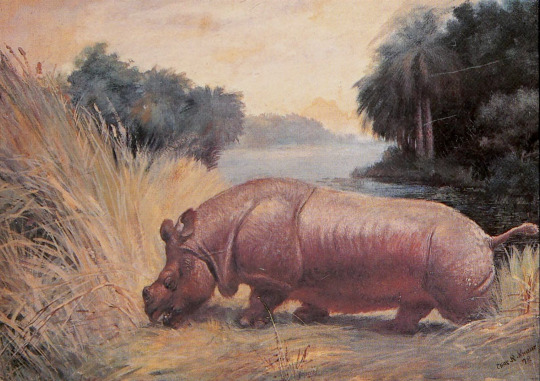
Teleoceras, Charles R. Knight, 1878
Teleoceras has a cold. His nose is gobbled up with mucous and a bitter taste coats the walls of his mouth. None of the grass tastes sweet. He sneezes and litters the reeds with a cloud of germs and snot particles. His eyes are puffy. The world looks as if it's in a haze. He blinks, tries to clear his vision, feels thick tears leak from the corners of his eyes. A cough shakes his body, brings up a wad of phlegm that he instinctively swallows down with a moan. If any predator were to stalk him, they would turn away in disgust.
89 notes
·
View notes
Text

"Leaping Hell Chickens"
The newly discovered Caenagnathid Oviraptor-line dinosaur called Eoneophron infernalis (Dawn Neophron of hell). This emu sized theropod lived in the upper Cretaceous Hell Creek formation in South Dakota.
It was described as a new species from remains that were previously attributed to another Caenagnathid species called Anzu wyliei. The paper that described it, Atkins-Weltman et al. 2024, recovered it as closely related not to Anzu but another Caenagnathid called Elmisaurus.
#artists on tumblr#paleoblr#paleoart#traditional drawing#paleomedia#dinosaurs#dinosaur#oviraptor#hell creek formation#cretaceous#caenagnathid#eoneophron#homage#charles r knight reference
35 notes
·
View notes
Text

5 notes
·
View notes
Text
youtube
It's arguably one of the most famous sequences in an already famous movie. Trapped on a mysterious island, the beautiful actress Ann Darrow (played by Fay Wray) is menaced by a gigantic predatory dinosaur. Her only hope of survival comes in the form of King Kong, the massive titular ape that battles the carnivore in a brutal fight to the death that ends with the ruler of Skull Island dispatching the tyrant via breaking its jaw.
Time and again, this battle has been homaged and parodied by many knock offs and media throughout the years. The image of a gorilla battling a dinosaur may as well be ingrained in pop culture, all the way up to 2021 with the release of Godzilla vs. Kong.
Throughout it all, a single burning question remains:

Just what the heck is this guy?
While general consensus and history has described it as a Tyrannosaurus, there's another popular theory that it might actually be an Allosaurus due to the three fingers instead of the more traditional two associated with T. rex.
Now obviously when discussing stuff like this it's good to look at the words of the creators...except even the creators are divided on what it is. According to King Kong: The History of a Movie Icon from Fay Wray to Peter Jackson by Ray Morton, director Merian C. Cooper referred to it as an Allosaurus. By contrast, stop motion animators Willis O'Brien and Marcel Delgado describe it as a Tyrannosaurus. The script itself doesn't help since it only refers to as a Meat-Eater, a title which was adopted on its page by Wikizilla.
Feel free to take a look at the script with this link if you're interested:
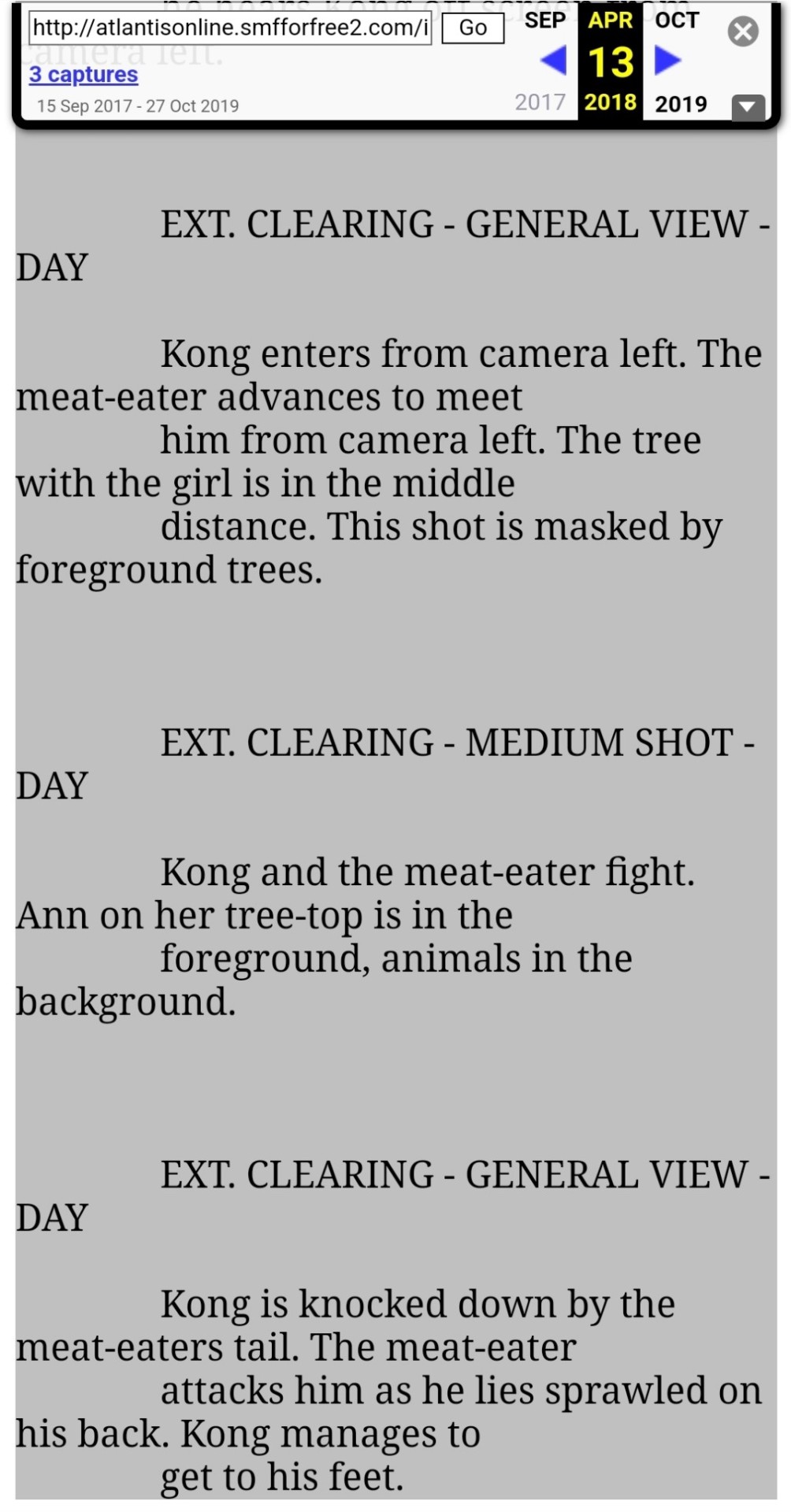
In short, we've got conflicting ideas one what it is, and it's up to the viewer to decide. Personally, I do think it's possible to come up with a definitive answer when you consider the general perception of theropod dinosaurs at the time as well as the real inspiration that went into what we'll refer to as the Carnosaur for now.
These days when you look at a depiction of a Tyrannosaurus and Allosaurus side by side, you can tell them apart. Back then though when dinosaurs were still new and were still being properly classified, it was believed that the two species were closely related. This is reflected in contemporary depictions, where the two were depicted as looking a lot like one another.


As seen above in a pair of beautiful paintings done by the legendary Charles R. Knight, both look very similar to one another. There are some key differences of course, particularly with the slimmer build of the Allosaurus and the stubbier arms of the Tyrannosaurus, but to an untrained eye they do look very similar to each other. So, the confusion between the two can be understandable.
What helps us was that these paintings helped inspire Willis O'Brien with his depiction of both species in The Lost World (1925). While the Allosaurus was the primary big carnivore, a Tyrannosaurus DID make an appearance hunting and killing an Agathaumas (a ceratopsid that's now considered a dubious genus).


Again, we can see the difference here. The Allosaurus is a bit slimmer and has longer arms. While admittedly I couldn't find a clearer image of the Tyrannosaurus model, we do see that it is a bit bigger and has much shorter arms.


If we compare these two images side by side, we can see that the Carnosaur from King Kong resembles the Tyrannosaurus from The Lost World. Both have a bulkier build than the Allosaurus, and both have shorter arms. Admittedly they are being depicted with three fingers which has led to some confusion, but this is also easily explained since T. rex was believed to have three fingers at the time. The very first mounted skeleton of a Tyrannosaurus Rex at the American Musuem of Natural History (AMNH 5027), featured the three fingers.

This particular specimen in my mind helps cinch the view that the Carnosaur is in fact a Tyrannosaurus. According to Ray Morton again, this display at the American Museum of Natural History, this was the display that served as a model for the animal seen in King Kong. All the evidence, from a look at the models to how predatory dinosaurs were depicted during the time all points to the animal being a T. rex.
That being said, the confusion between the two species is understandable. They weren't depicted as being as distinct as they are nowadays. But it is important to remember how dinosaurs were depicted back then by the scientific community to better understand how they were depicted in movies and popular culture released at the same time.
A big thanks to Wikizilla for providing a bit of a roadmap for this post.
#tyrannosaurus rex#t. rex#allosaurus#king kong#dinosaur#dinosaurs#paleomedia#paleoart#paleontology#charles r. knight#willis o'brien#Youtube#king kong 1933#video not mine
42 notes
·
View notes
Text

The woman named Mara stopped by the shop again this weekend. She had paid me a visit a week earlier, upset because I had banned her friend from the store. At her request, I had reversed my decision and allowed him to return.
She brought two small dinosaur ornaments as a thank you, which I greatly appreciate. Years ago, I had impulsively given Mara a copy of a book about dinosaurs. Clearly, she has not forgotten. I would have enjoyed talking with her more, but I did not get the opportunity. I was momentarily distracted, and by the time I turned around she had disappeared.
I would like to note that I am quite proud of this photo, which I arranged myself. My neighbor Fran typically decorates the shop around the holidays, but I have not seen her for a while, and I believe she may still be unhappy about the fact that I had banned someone.
#christmas ornaments#dinosaurs#dinosaur ornaments#charles knight#charles r knight sketchbook#william stout#mara#fran
7 notes
·
View notes
Text

The World of the Great Forest: How Animals, Birds, Reptiles, Insects Talk, Think, Work and Live. Written by Paul Du Chaillu. Illustration by Charles R. Knight. 1901.
127 notes
·
View notes
Photo

Dinosaur Print T Rex Vintage This beautiful art poster is printed on high quality mat paper to the highest possible resolution using only original inks. You will be amazed at the contrasts, depth and detail of this print. Ideal for framing and dry-mounting. If you are not satisfied with the quality you can return the print for a full refund. combined shipping available. We also offer this print elegantly custom framed in various sizes and optional mat colors. Click link below to see framed options.
#Brontosaurus#Paleoart#Paleo illustration#Dinosaurs wall art#Prehistoric animals#art print#Charles R Knight#Vintage Dinosaur#dinosaur painting#classic dinosaurs#trex poster#t-rex poster#zdenek burian
1 note
·
View note
Text
Charles R. Knight's art makes me insane with how modern it looks. He painted this painting, Leaping Laelaps, in 1897!

1 note
·
View note